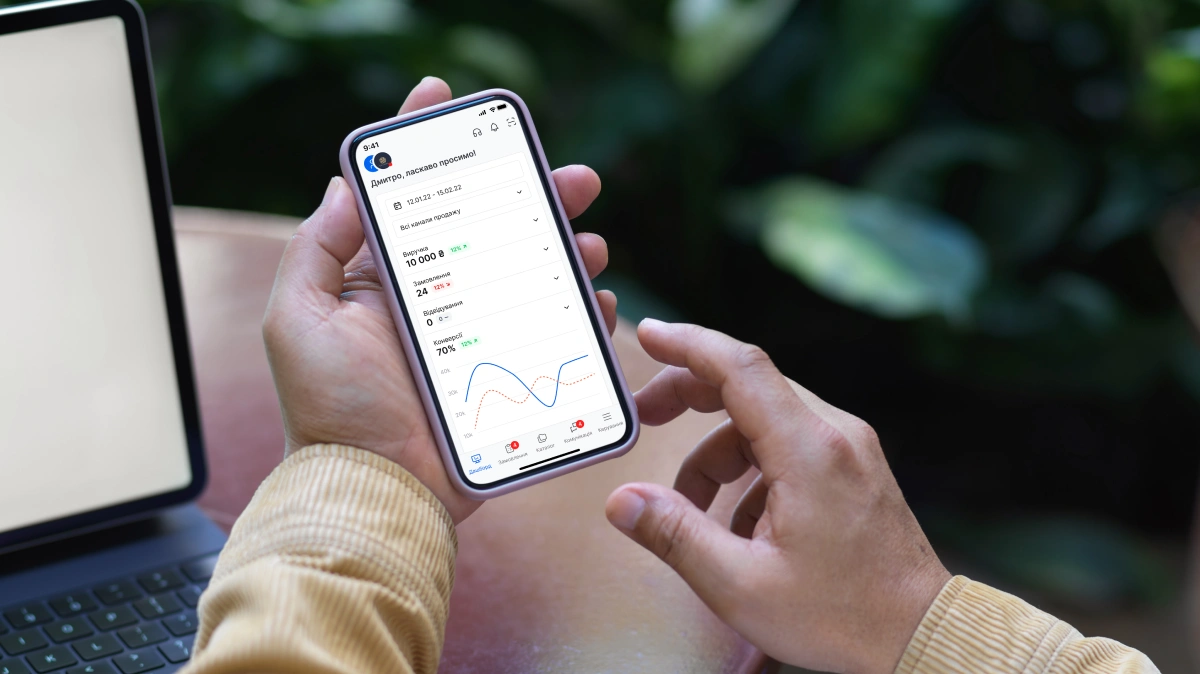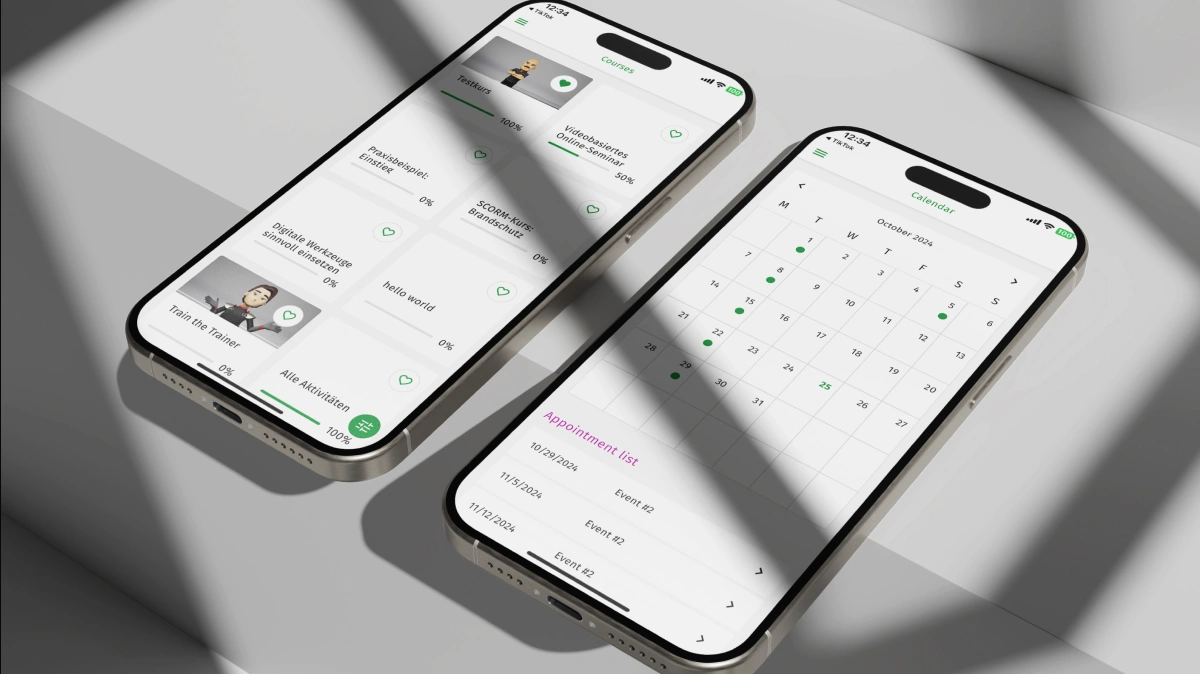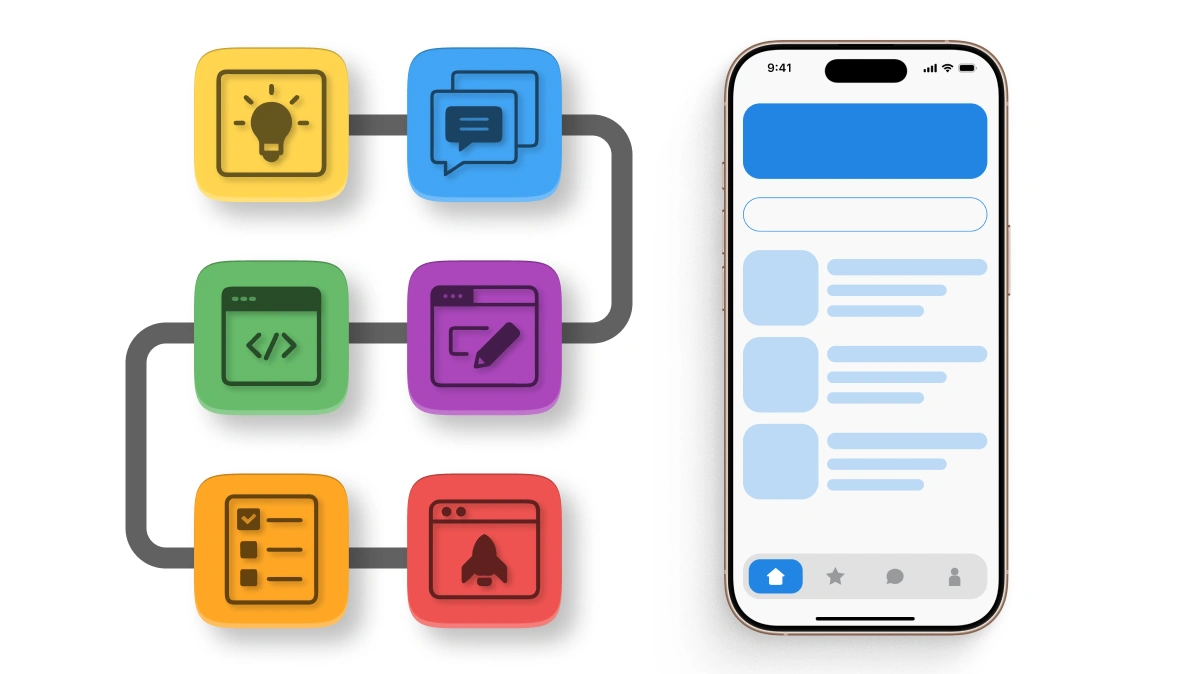
In 2025, a mobile app is a cornerstone for businesses aiming to attract customers and boost sales. With mobile traffic surpassing 70%, mobile apps are vital for restaurants, stores, and services. Yet, not every business requires an app. This article explores 5 key signs it’s time to order mobile app development, how it drives business growth, and how to optimize for organic traffic through SEO and ASO.
Why a Mobile App Matters in 2025?
Mobile apps transform businesses by providing quick access to services and personalized experiences. The mobile app market is projected to reach $600 billion in 2025, with mobile traffic accounting for 70% of total traffic. Mobile apps for businesses offer:
- Customer engagement: Personalized push notifications for activation.
- Sales growth: Simplified online ordering.
- Customer loyalty: Loyalty programs powered by AI.
- Competitive advantage: Innovations with AR and 5G.
SEO Tip: Use keywords like "mobile app development", "app for business", or "mobile app" in App Store and Google Play descriptions to attract organic traffic.
1. Surge in Mobile Traffic
If your business’s mobile traffic exceeds 50–70%, customers expect seamless access via smartphones. Without a mobile app, you risk losing this audience.
Benefits
- Quick access: Customers can order in a few taps.
- Personalization: AI delivers tailored recommendations.
- Engagement: Push notifications boost user activity.
How to Implement?
- Integrate Firebase for sending push notifications.
- Use Google Analytics to analyze mobile traffic.
- Order app development focused on mobile UX.
2. Growth in Online Sales
Online ordering accounts for up to 60% of sales in restaurants and stores. A mobile app streamlines this process, increasing conversions.
Benefits
- Convenient payments: Integration with Stripe, Apple Pay, or Google Pay.
- Personalized offers: AI to boost sales.
- Analytics: Track sales with Mixpanel or Amplitude.
How to Implement?
- Add a cart and payment module to the app.
- Integrate AI for personalized recommendations.
- Order development focused on online sales.
3. Low Customer Loyalty
If customers rarely return, a mobile app can enhance customer loyalty through personalization and rewards.
Benefits
- Loyalty programs: Discounts, bonuses, or gifts.
- Push notifications: Reminders for promotions and deals.
- Personalization: AI for tailored offers.
How to Implement?
- Integrate HubSpot or Salesforce for CRM.
- Add loyalty programs with rewards.
- Order development focused on personalization.
4. Need for Data Collection
A mobile app enables collecting customer behavior data, optimizing business processes.
Benefits
- Behavioral analysis: Track interactions with app features.
- Marketing: Targeted offers based on data.
- Improvement: Update the app based on analytics.
How to Implement?
- Integrate Google Analytics or Firebase for data collection.
- Use AI for behavioral analysis.
- Order development with analytics tools.
5. Competitors Are Using Apps
If competitors have mobile apps, your business may lose customers due to a lack of modern engagement channels.
Benefits
- Innovation: AR and 5G for a unique experience.
- Brand: A personalized app strengthens reputation.
- Organic traffic: Optimization for SEO and ASO.
How to Implement?
- Integrate ARCore or ARKit for innovative features.
- Optimize the app with keywords for App Store.
- Order development from professional developers.
Mobile App Trends in 2025
- Artificial Intelligence: AI for personalization and recommendations.
- Augmented Reality: AR for interactive experiences.
- Voice Interfaces: 38% of users rely on voice commands.
- Security: Biometric authentication for data protection.
Tips for Businesses
- Analyze traffic: If mobile traffic > 50%, order an app.
- Evaluate sales: If online sales > 40%, an app will boost conversions.
- Check loyalty: If customers don’t return, loyalty programs can help.
- Collect data: Use an app for customer behavior analysis.
- Competition: If competitors have apps, your business is falling behind.
Mobile apps in 2025 are a strategic tool for customer engagement, sales growth, and brand enhancement. If your business exhibits these 5 signs, it’s time to order mobile app development. Leverage modern technologies like AI, AR, and 5G to create a unique user experience and improve rankings in App Store and Google Play.



